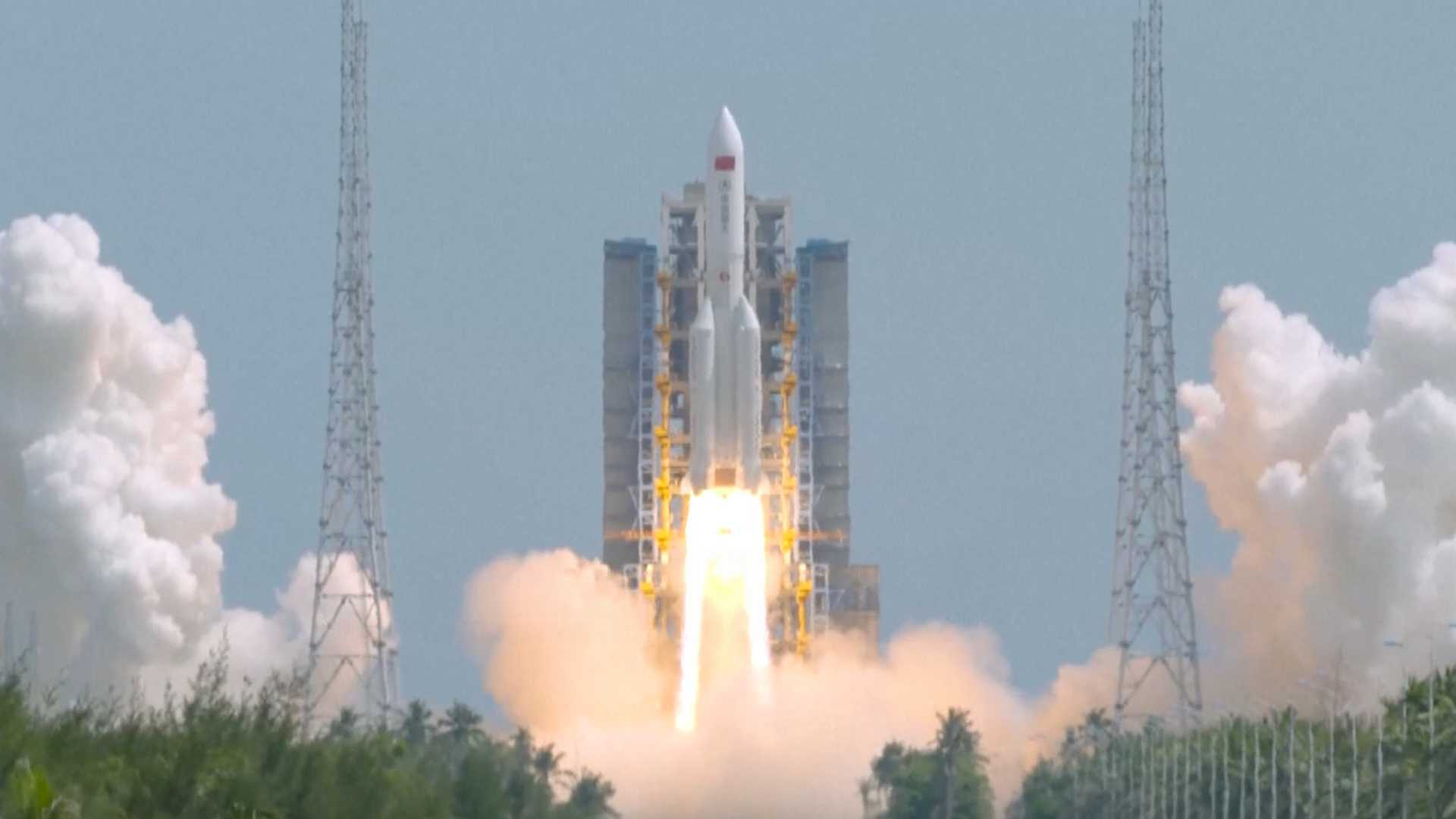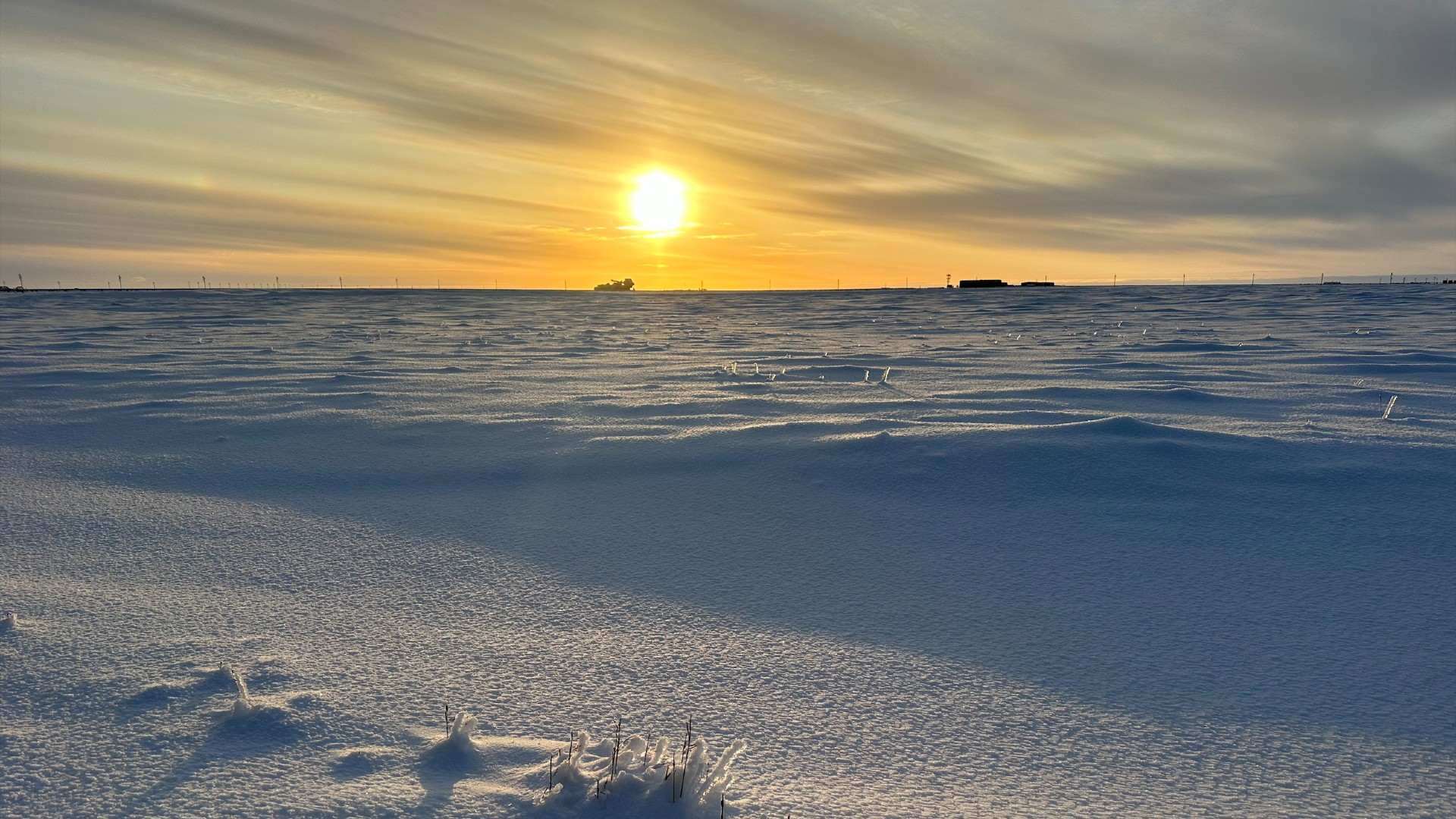China launches 8th batch of satellites for 13,000-strong internet megaconstellation (video)
China is ramping up construction of its national satellite-internet megaconstellation.
A Long March 5B rocket lifted off from Wenchang Space Launch Center on the island of Hainan on Wednesday (Aug. 13) at 2:43 a.m. EDT (0643 GMT; 2:43 p.m. local time), carrying a batch of satellites aloft for the Guowang broadband network.
The mission to low Earth orbit (LEO) was a complete success, according to the state-owned China Aerospace Science and Technology Corporation (CASC).

Guowang, whose name translates as "national network," will be operated by China Satnet, a state-run company established in 2021. The constellation will eventually consist of about 13,000 satellites, if all goes to plan.
Guowang is a long way from that goal. Wednesday's launch was just the eighth overall for the network, and each mission lofts just eight to 10 spacecraft, apparently because each satellite is quite large.
For comparison, SpaceX launches 24 to 28 satellites on each mission to assemble its Starlink broadband megaconstellation, which currently consists of nearly 8,100 operational spacecraft.
But China is picking up the Guowang pace: Wednesday's liftoff was the fourth for the project in less than three weeks.
Breaking space news, the latest updates on rocket launches, skywatching events and more!
Guowang isn't the only Chinese broadband megaconstellation in the works. Another one, called Qianfan ("Thousand Sails"), began construction last year, like Guowang — and it's envisioned to be just as big.
And the megaconstellation push extends beyond Starlink, Guowang and Qianfan. On Monday (Aug. 11), for example, SpaceX launched a batch of satellites for Project Kuiper, Amazon's planned LEO broadband network, which will eventually feature about 3,200 spacecraft.

Michael Wall is a Senior Space Writer with Space.com and joined the team in 2010. He primarily covers exoplanets, spaceflight and military space, but has been known to dabble in the space art beat. His book about the search for alien life, "Out There," was published on Nov. 13, 2018. Before becoming a science writer, Michael worked as a herpetologist and wildlife biologist. He has a Ph.D. in evolutionary biology from the University of Sydney, Australia, a bachelor's degree from the University of Arizona, and a graduate certificate in science writing from the University of California, Santa Cruz. To find out what his latest project is, you can follow Michael on Twitter.
You must confirm your public display name before commenting
Please logout and then login again, you will then be prompted to enter your display name.
